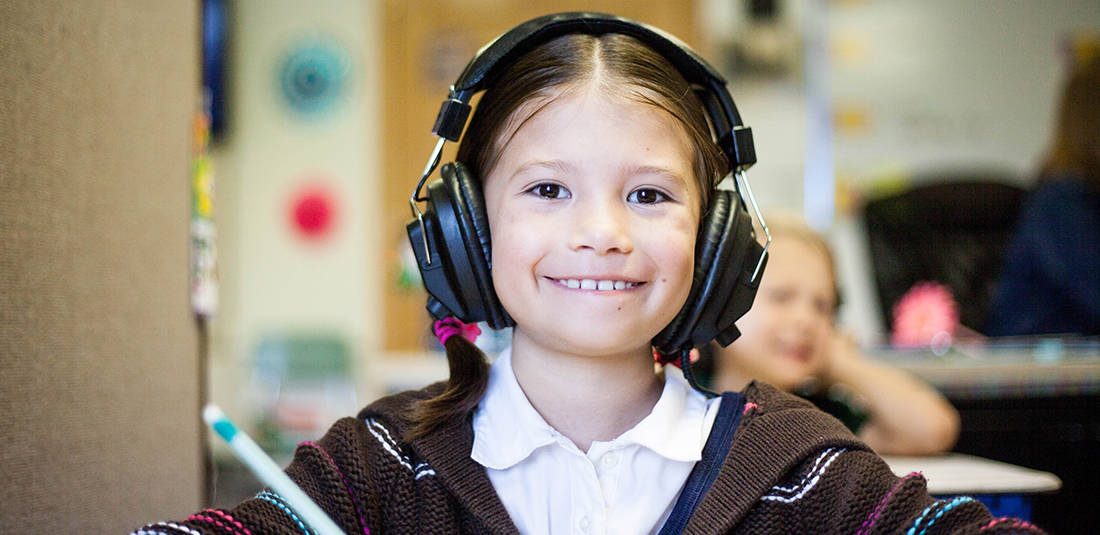


By Dr. John M. Livingston | Medical Policy Adviser
The overwhelming, incontrovertible scientific evidence demonstrates that we should absolutely reopen our schools for pre-K to 12th grade. Yet, the nation's second-largest teachers union, the American Federation of Teachers, is encouraging its membership to go on strike should schools attempt to welcome students back this fall. Throughout the entire world and documented in the world’s medical, public health and virology literature, the evidence speaks loudly to reopening schools. And the evidence is greatest for those children in elementary schools.
The risk of children contracting a severe Covid-19 illness is extremely low, approaching a statistical limit of zero quickly over a short time frame. In absolute numbers, there are 45 million children in school between the ages of four and fifteen. As of August 1, only 48 American children in this age group have died of Covid-19 complications and most, 28, have died from complications of a hyperimmune response, not the virus itself. We have not been informed of the comorbid factors of the others. By comparison, according to the Centers for Disease Control and the World Health Organization, 190 children died of influenza in this age group in 2016. According to the Wall Street Journal, during the same time period 1,257 children died of cancer, 625 died of homicide, and another 2,895 died of traumatic injuries, like car accidents.
And what about the risk of children transmitting the disease to adults especially the elderly and those living in immunocompromised states? Again, the evidence for reopening is incontrovertible and overwhelming. We need to first look to Europe, where every country that reopened last spring is reopening this fall. In articles that I referenced earlier from Iceland, Norway, Sweden, and the Netherlands, all with different mitigation strategies, ranging from two-meter distancing to 12-person social bubbles, but all requiring frequent washing of hands, there is no study that confirms a significant lateral transmission (Ro) between children. In Denmark and the Netherlands, masks were not worn. The Icelandic study published in The New England Journal of Medicine — the same article previously referenced — one of the lead authors, Kari Sefenson, stated, “We have not found a single incidence of a child infecting parents.”
In France and Germany, masks were worn by older children in hallways only. Younger children did not don masks. Limited, targeted testing continues in both countries and the incidence continues to drop. In France, school attendance has become mandatory this fall.
The situation in Sweden is instructive because they chose not to shut down, not to wear masks, and allowed citizens to social distance as they felt appropriate. Finland took the opposite approach, requiring masks and social distancing. Both countries found that the infection rate between children the ages of five and 19 to be less than five in 100,000.
I would emphasize that in all the European countries mentioned, the shape of the Covid-19 infectivity curve is remarkably the same despite different mitigation strategies. Those that follow only case fatality rates and argue that the United States is lagging behind Europe regarding this metric are correct, but they fail to point out that we are testing far more people and are recording all deaths with and not from Covid patients. Standford’s John Ioaniddis has pointed out the better metric to follow is the Infection Fatality Rate (IFR) — the probability of a person dying who has become infected.
And across all populations, age groups, and co-morbid conditions, this metric is very similar. The predictions by the so-called experts regarding the shapes and areas under the graphs look very similar as we move through the pandemic in each country. For example, France, the Netherlands, Sweden, and Belgium all have worse or similar death rates than the United States and all have followed different mitigation policies. According to the Wall Street Journal, Israel did show cases in young high school students during a recent heatwave when students moved indoors all day, closed windows, and air-conditioned classrooms.
Finally, I offer a word about the damage we are doing to children by not allowing them to return to school: The majority of that damage is done to those living on the margins. In Boston last spring, even those who were able to afford a computer or who had online access, one in five dropped out of virtual learning classrooms. Some 30 million of 65 million children receive at least one meal a day from school, and while those children are at school their parents can work.
The American Academy of Pediatrics has stated unequivocally, “The importance of in-person learning is well-documented and there is already evidence of negative impacts on children with just three months of closures.” Those with learning disabilities, attention deficit disorders, and the most gifted are most affected.
Idaho should open up all public schools on time. Staged openings of upper grades should happen quickly. Sports at lower levels should already be open. High School sports should open faster than the schools themselves because participants are outside and not confined to closed spaces. Locker room reopenings can be placed on an adjusted timed per capita schedule.
Education is too important to allow special interest groups, teachers unions, or politicians, or government bureaucrats to be making these decisions. Parents and their students should be allowed to decide what is best and workable. When they look at the scientific data and when the media stop making emotional first-person arguments, families will do what is best for families.

